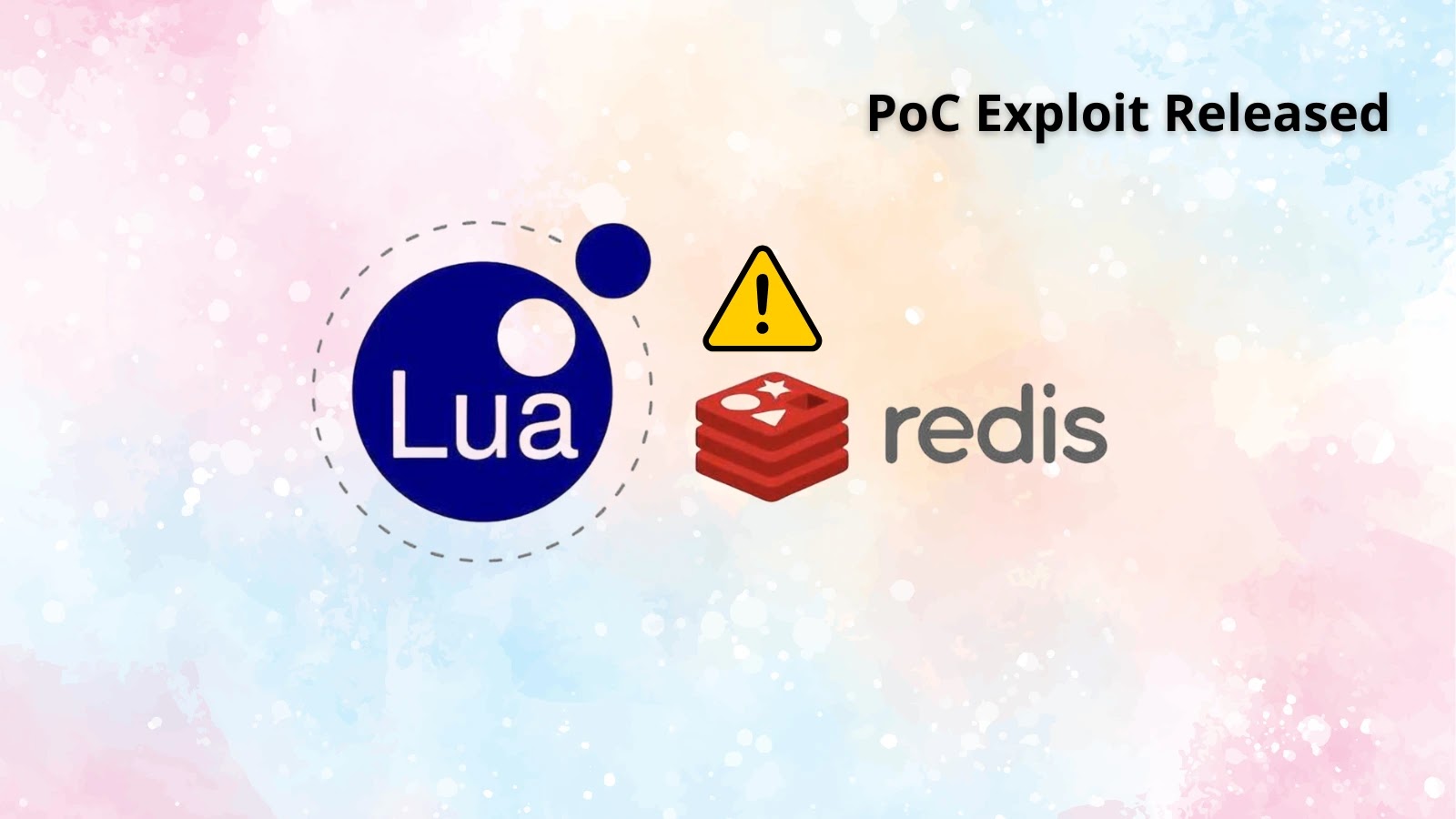DarkCloud is an advanced information-stealing malware that first emerged in 2022, rapidly becoming a significant threat to Windows users worldwide. This malware is engineered to extract a wide array of sensitive data, including browser information, FTP credentials, screenshots, keystrokes, and financial details from compromised systems.
Distribution Methods
The primary vector for DarkCloud’s dissemination is through phishing campaigns. Attackers often masquerade as legitimate entities, sending emails that appear to be from reputable companies or presenting themselves as payment receipts or fines. These deceptive emails frequently target human resources departments, exploiting their role in handling sensitive information. Beyond phishing, DarkCloud also spreads via malvertising, watering hole attacks, and is sometimes bundled with other malware strains like DbatLoader or ClipBanker.
Technical Analysis
Security researcher REXorVc0 has conducted an in-depth examination of DarkCloud, highlighting its multi-stage infection process designed to evade detection mechanisms. The infection chain initiates when a victim interacts with a malicious link or downloads an infected file. The initial payload, often delivered as compressed files or scripts, sets off a sequence of stages aimed at bypassing security controls.
In one analyzed instance, the loader utilized sophisticated obfuscation techniques, including Base64 encoding combined with TripleDES encryption, to conceal its activities. The final stage involves injecting the stealer into legitimate Windows processes such as svchost.exe or MSBuild. This method allows DarkCloud to operate covertly, evading most security solutions while harvesting sensitive data from browsers, password managers, and email clients. The exfiltrated data is then transmitted through Telegram bots, leveraging the platform’s encryption and widespread use to mask its operations.
Capabilities and Impact
DarkCloud’s capabilities are extensive and customizable. According to analyses by Cyble Research and Intelligence Labs (CRIL), the malware can collect system information, capture screenshots, monitor clipboard activities, and retrieve cookies, messages, and contacts from targeted systems. It can also extract confidential data from various sources, including VPN services like NordVPN, messaging applications such as Pidgin, and password managers associated with Internet Explorer and Microsoft Edge vaults. Furthermore, DarkCloud can grab specific file types like TXT, XLS, XLSX, RTF, and PDF from the targeted system and access sensitive information from cryptocurrency applications. Additionally, the malware offers a crypto-swapping feature for popular digital currencies such as Bitcoin, Bitcoin Cash, Ethereum, and Ripple.
The impact of DarkCloud has been significant, with numerous organizations falling victim to its data theft capabilities. The stolen information, including browser data, cryptocurrency wallets, and credentials, is often sold on cybercrime forums or used for further malicious activities. For instance, an analysis by cybersecurity firm Flare revealed that information-stealing malware logs have infiltrated business environments, with approximately 375,000 logs containing access to business applications such as Salesforce, Hubspot, QuickBooks, AWS, GCP, Okta, and DocuSign. This underscores the substantial risk posed by such malware to corporate security.
Recommendations for Mitigation
To mitigate the risks associated with DarkCloud and similar information-stealing malware, it is crucial to implement robust cybersecurity practices:
– Email Vigilance: Exercise caution when opening emails, especially those containing attachments or links from unknown or unverified sources.
– Software Updates: Regularly update operating systems and software applications to patch vulnerabilities that could be exploited by malware.
– Security Solutions: Deploy reputable antivirus and anti-malware solutions to detect and prevent malware infections.
– User Education: Educate employees about the dangers of phishing attacks and the importance of verifying the authenticity of emails and links.
– Access Controls: Implement strict access controls and multi-factor authentication to protect sensitive information and systems.
– Regular Backups: Conduct regular backups of critical data and store them securely to ensure data recovery in case of an attack.
By adhering to these practices, individuals and organizations can significantly reduce the risk of falling victim to DarkCloud and other similar threats.



